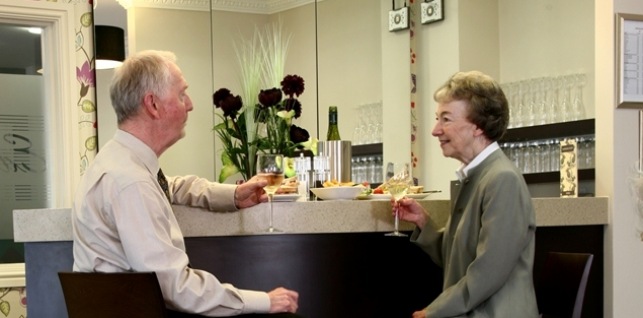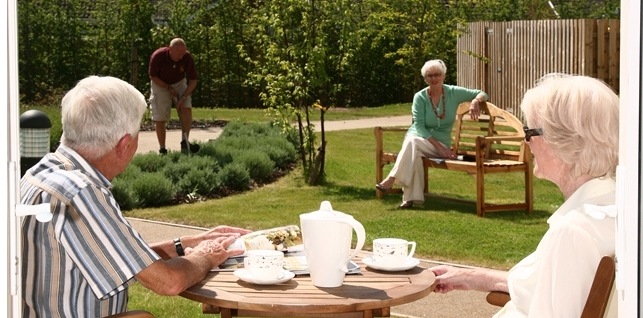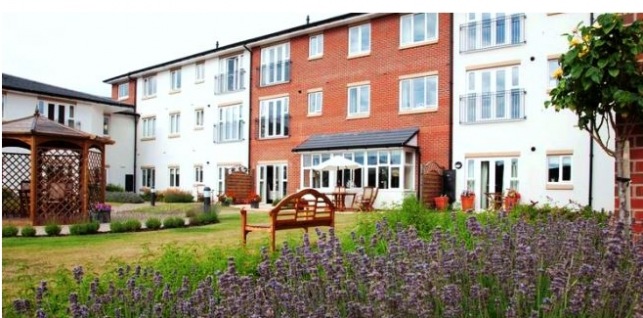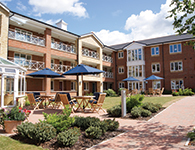Society in Britain has changed so much for the better in relation to the wellbeing of children, but it has not yet adapted to changes in older people's lives. We live longer, but consequently often become more frail. Families are dispersed, and younger relatives are busy working. Half those born today will live to be 100. In 2050, there will be three times the over-85-year-olds there are now. If we're lucky, we will be old one day. We should plan for it, while helping to ensure that older people today remain embedded in our communities. Homeowners in England and Wales aged over 65 own property worth more than £611bn – two thirds of the total equity tied up in UK housing. Providing good-quality, imaginatively designed accommodation that people want to buy would release family homes and could revolutionise the housing market.
Our architectural practice has been developing ideas with Aspen Retirement for bright, spacious, contemporary homes, designed to meet the needs of older people who need extra care, but want to live in private (in both senses) accommodation. The result is a block of 65 apartments, which have one, two or three bedrooms. The latter would have suited my uncle well, with one bedroom for himself, the second as a study and the third for his daughter when she visited. The rooms are large enough for big pieces of furniture, with plenty of room for manoeuvring all the kit those who are less mobile need. All the flats have their own outside space, the penthouses offering private roof terraces with raised flowerbeds for keen gardeners.
The larger flats will have two bathrooms, for privacy, with spacious showers and room for a wheelchair. Kitchens are designed for easy use by those with dexterity problems. Grabrails, non-slip surfaces and the absence of trip hazards make accidents much less likely.
Outside the flat, communal areas will be carefully organised for ease of orientation. There are sitting rooms and a dining room. A private dining room may be booked for private functions. There will be beautifully kept gardens – with a bowling green – for strolls, or just watching the world go by.








